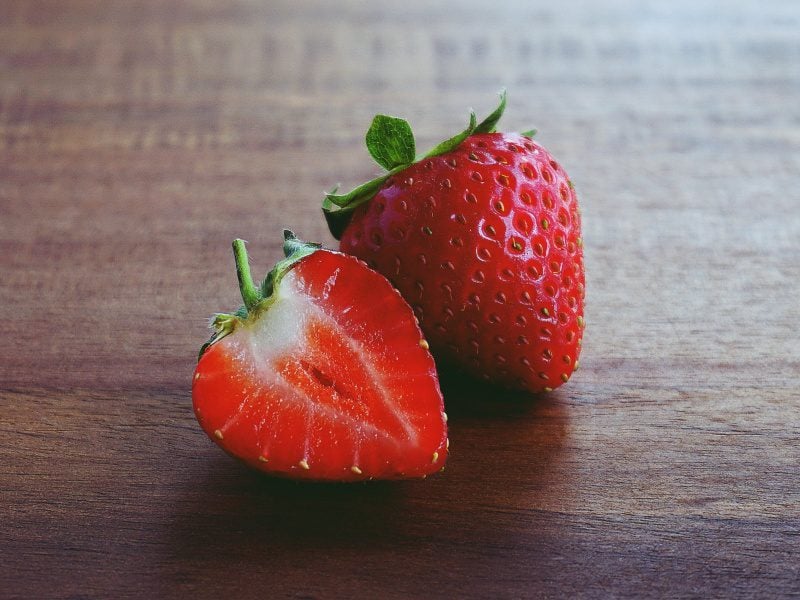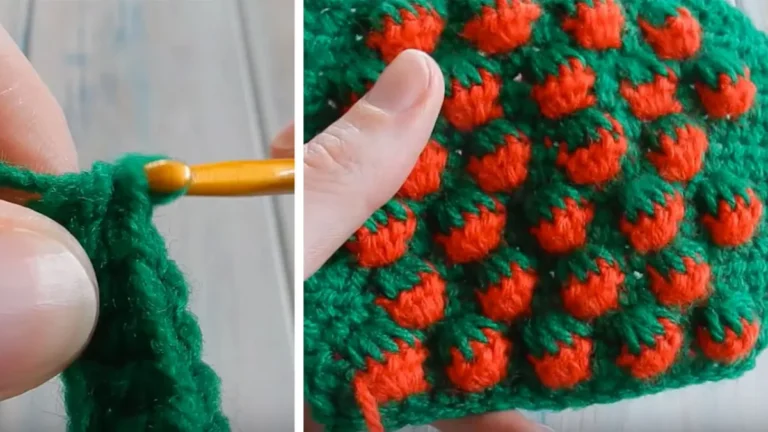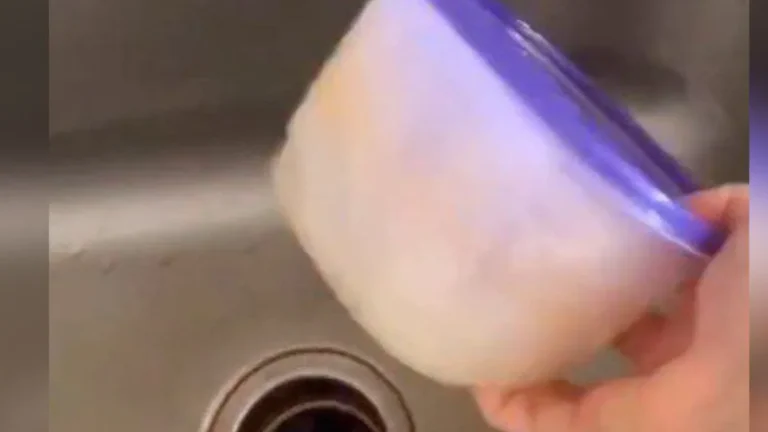Grow Juicy Strawberries Anywhere No Garden No Problem
Cultivating strawberries in containers is surprisingly simple. But it’s his clever technique with the runners that truly stopped me in my tracks.
Picture this: stepping outside and plucking ripe, sun-warmed strawberries just a few feet from your door.
You don’t have to daydream about it this juicy delight can be your daily reality.
Forget high-tech equipment or complex horticultural rituals. With just a few everyday gardening essentials, you’re already halfway there.
This gardener will show you how.
As shown on the TEO Garden, it only requires some recyclables and patience to grow this yogurt companion.
But first, the basics.
Let’s talk about strawberries.
Strawberries flourish across the globe, cherished in nearly every cuisine. They’re savored fresh, simmered into luscious jams, folded into pies and pastries, or swirled into creamy gelatos.
Few fruits are as instantly recognizable. Yet, in a twist of botanical irony, the strawberry despite its name is not technically classified as a true berry.
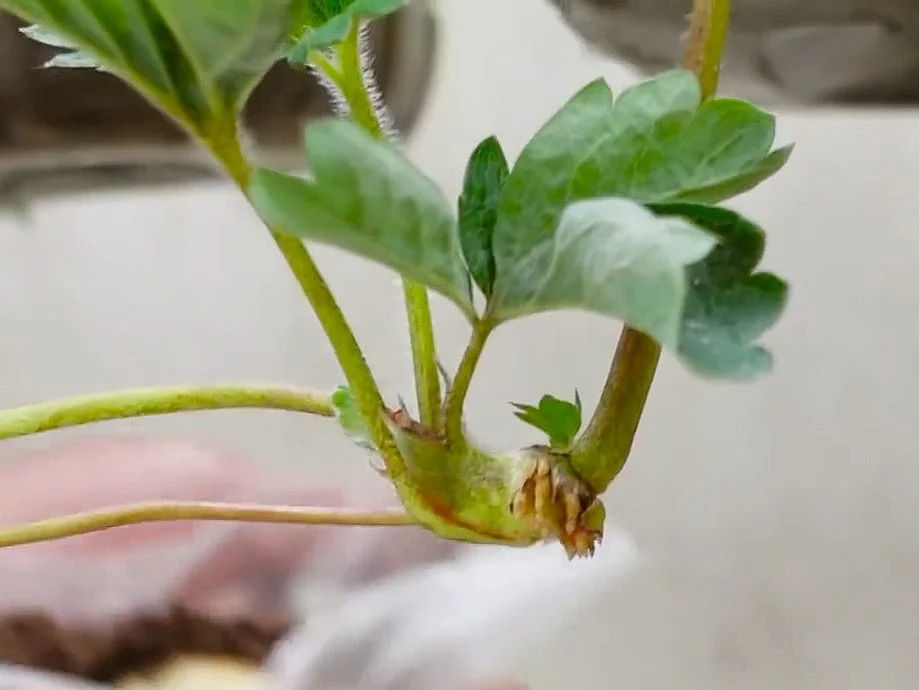
That’s hardly the most intriguing aspect of this plant. What truly sets it apart is its unconventional growth pattern.
Unlike many others, this low-sprawling marvel sends out runners technically called stolons from a central mother crown.
These slender offshoots stretch outward, anchoring themselves into the soil and sprouting independent root systems an essential element spotlighted in the video.
First, wrap runners with parchment paper.
A mature “mother” plant naturally sends out stolons, though you can also purchase pre-cut runners ready for propagation. Begin by cutting a small square of parchment paper.
Spoon a modest heap of soil onto the center of the sheet. Then gently lay a thin slice of banana peel intact over the soil. This nutrient-rich layer will act as an organic fertilizer, jumpstarting healthy growth.
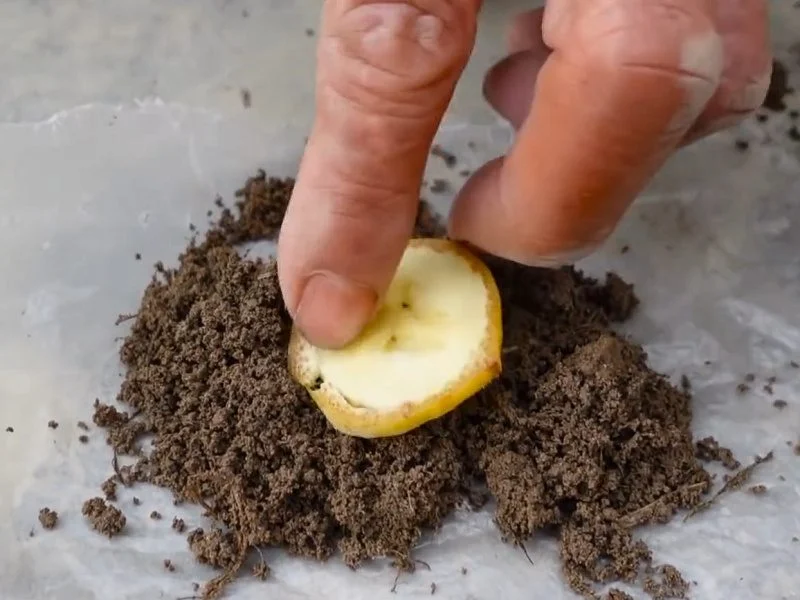
Gently wrap the parchment around the stolon, ensuring the emerging roots nestle firmly into the soil beneath. Secure the bundle with a length of twine, snug but not suffocating.
Prepare your recycled pots.
Slice your plastic jug cleanly in half anywhere from 5 to 10 gallons will do. Take a soldering iron and carefully puncture drainage holes along the sides and base of each container.
This ensures proper water flow, preventing soggy soil that can invite unwanted fungal intruders an unwelcome guest when cultivating pristine strawberries.
You can use thin aluminum wires or thicker strings to make a pot sling. Fill the pots with soil and hang them up.
Harvest your stolons
After roughly two weeks, the stolons will have developed strong roots, binding the soil into a compact, self-sustaining cluster. At this point, carefully sever the stolon from the mother plant to allow the new growth to thrive independently.
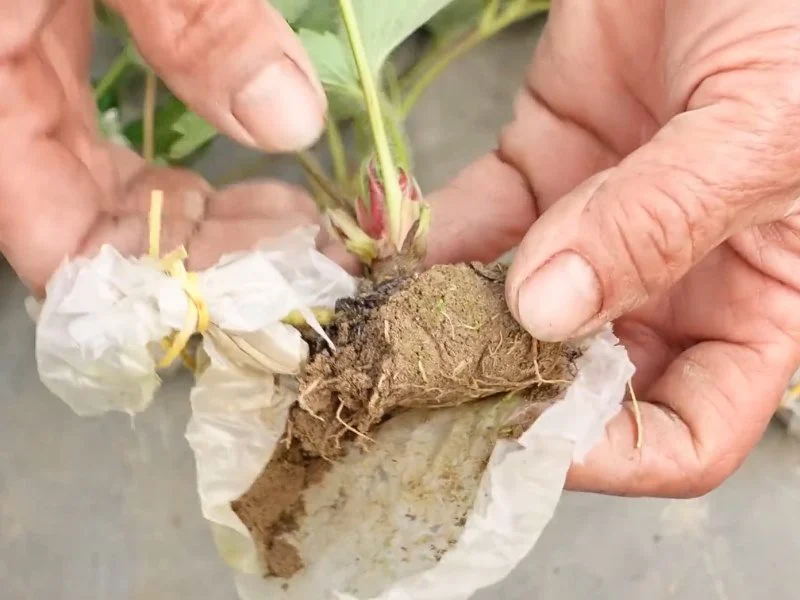
Carefully remove the paper covering so you can maintain the shape of the soil.
Now you’re ready to really grow.
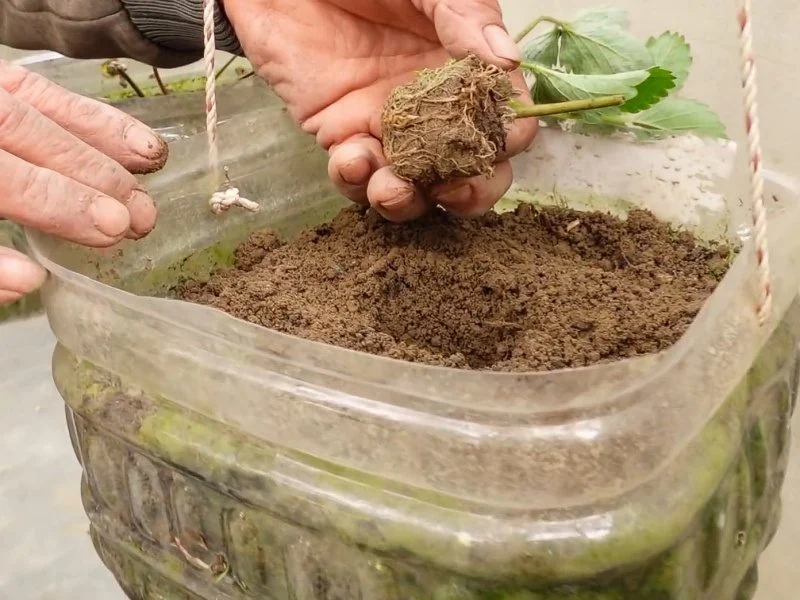
Transfer it into your recycled pots by digging a hole a couple of inches deep. Cover the stolon with soil.
Time for plant maintenance.
Keep your strawberry plants consistently hydrated. In approximately two and a half months, those humble stolons will have transformed into blossoming plants.
Soon, you’ll see them crowned with delicate white petals, each encircling a sun-kissed yellow center.
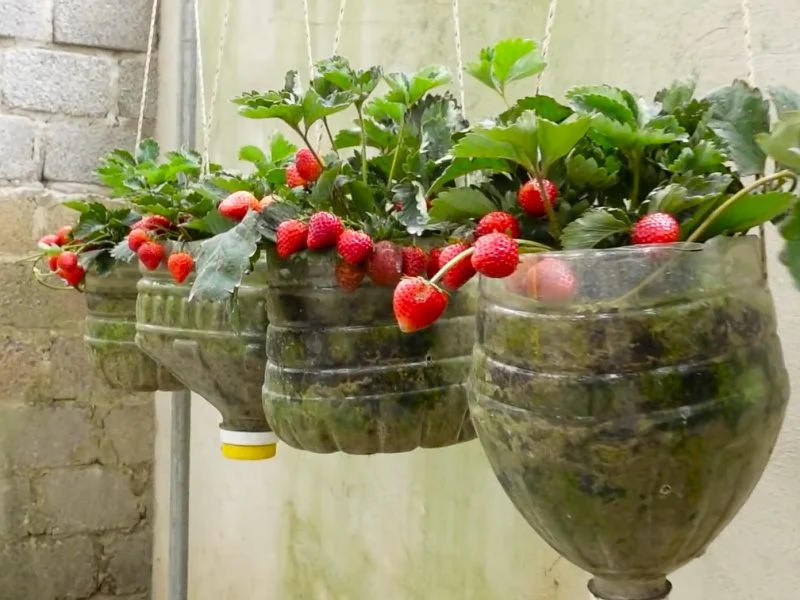
Routinely inspect your plants for signs of fungal intrusions or invasive weeds. With proper care, by the three-and-a-half-month mark, your strawberries will be ripe, radiant, and ready to harvest.
A fulfilling endeavor.
Cultivating fruit-bearing plants grants us a quiet form of independence liberating us, even slightly, from the grip of commercial food systems. It instills a deeper sense of stewardship for the living world around us.
Watching nourishment unfold from a tiny seed to a thriving, fruit-laden plant reshapes how we value the food on our plates, stirring gratitude for what we so often overlook.
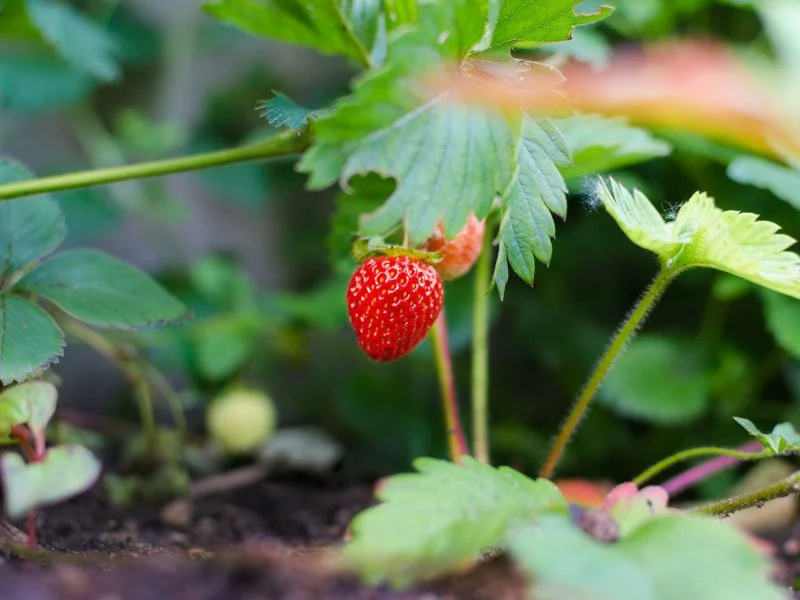
You can check out the TEO Garden for more planting tips.
See how TEO Garden gets the most abundant berries in the video below!
Please SHARE this with your friends and family.
Article Sources:Britannica

